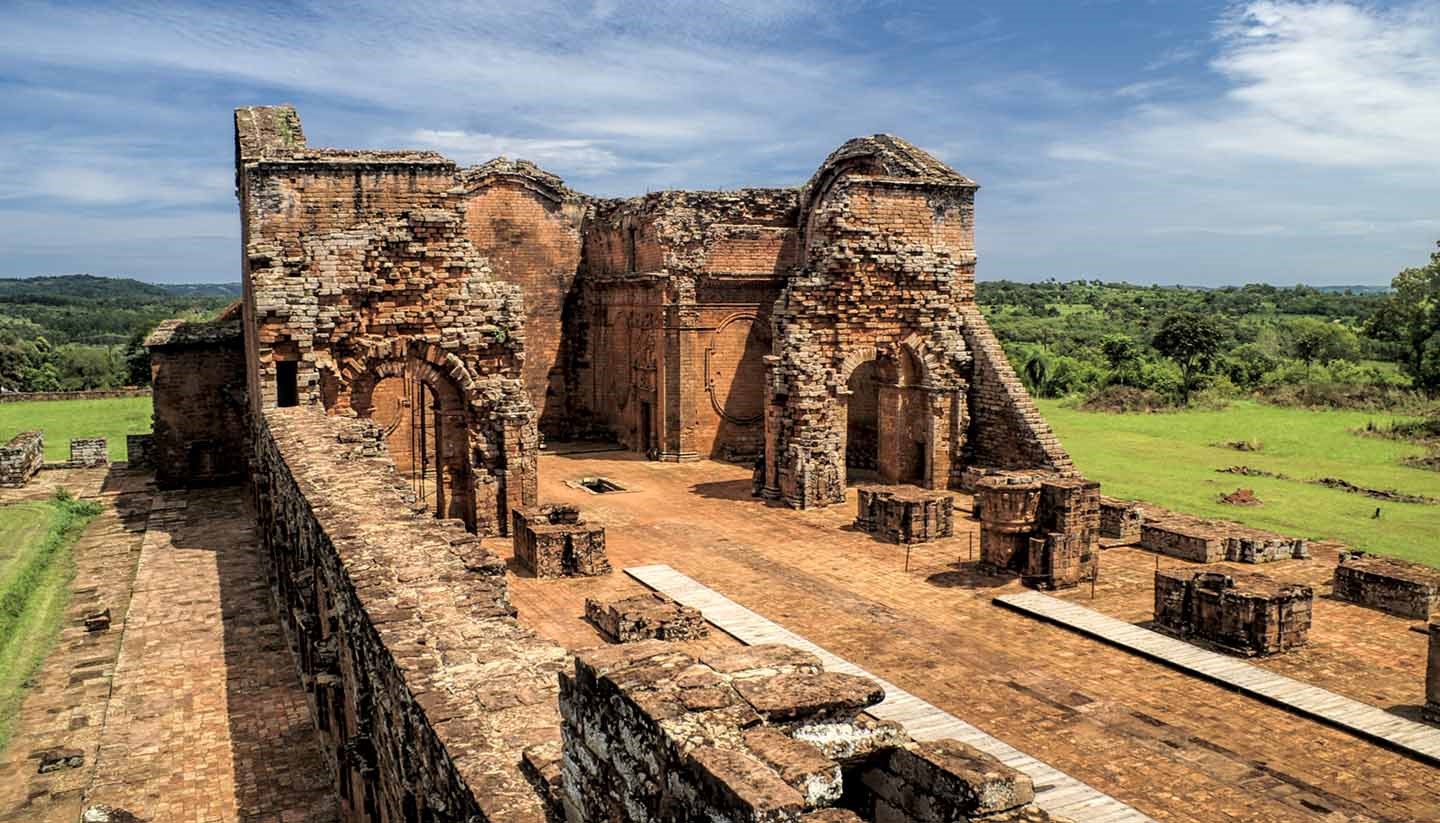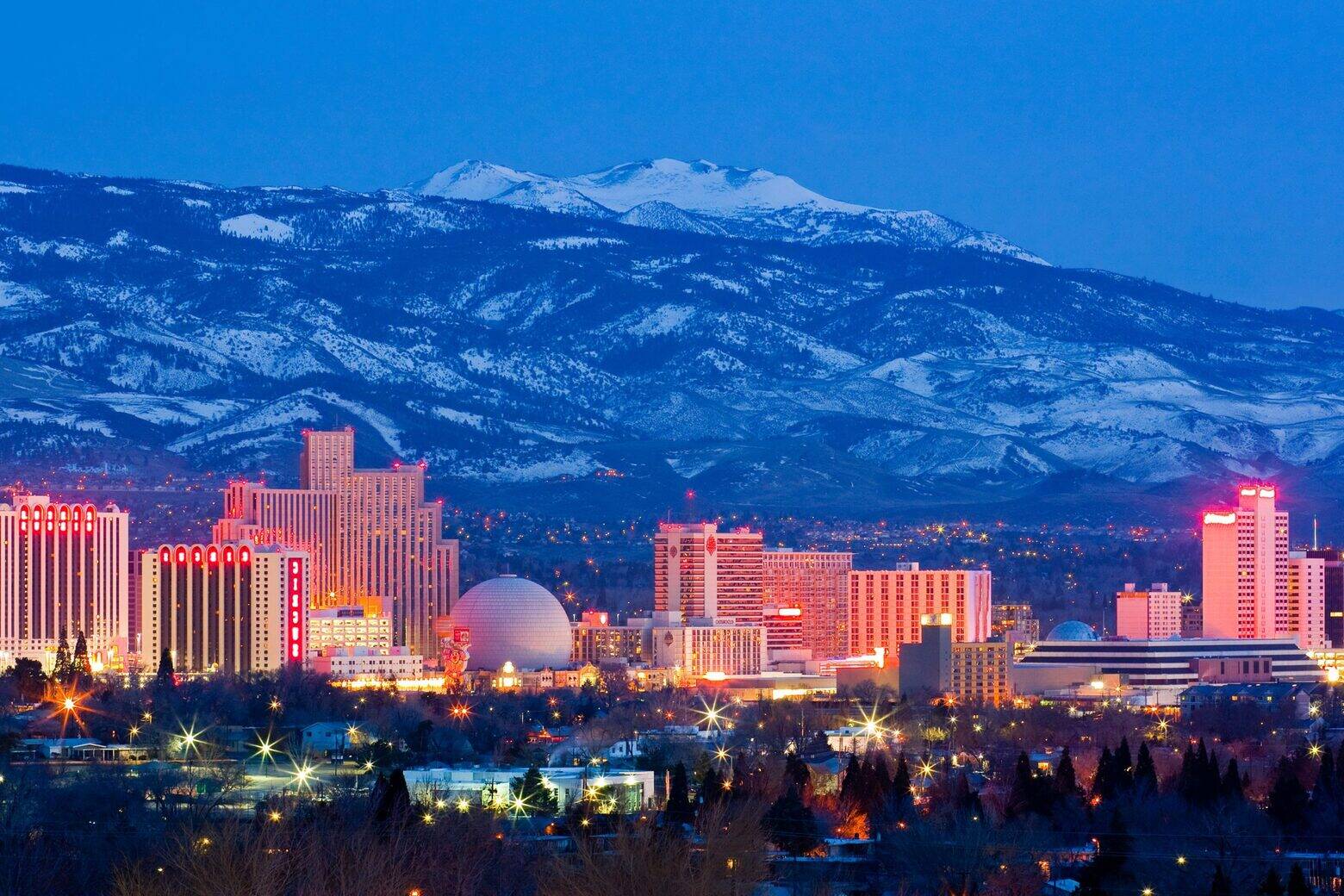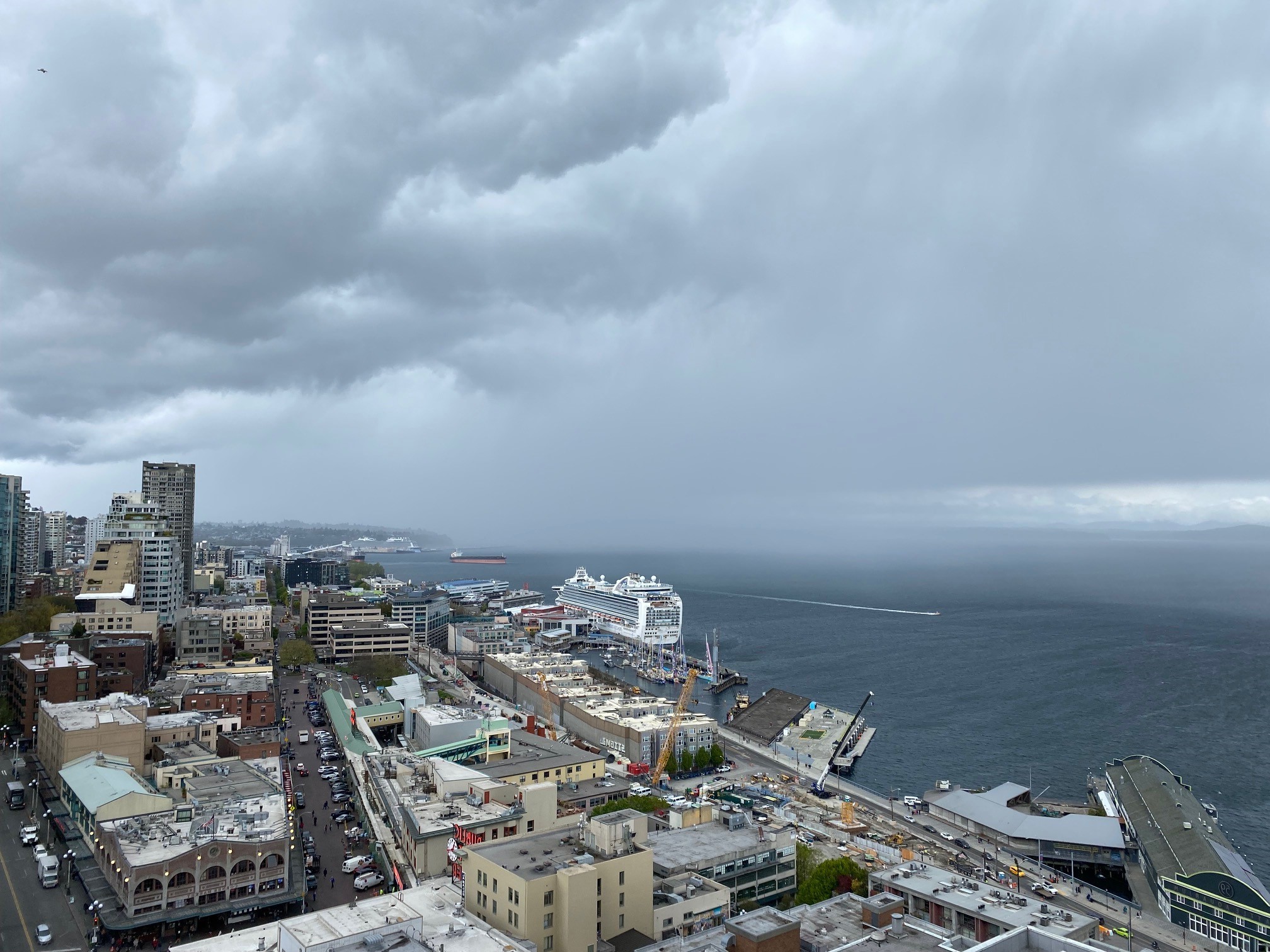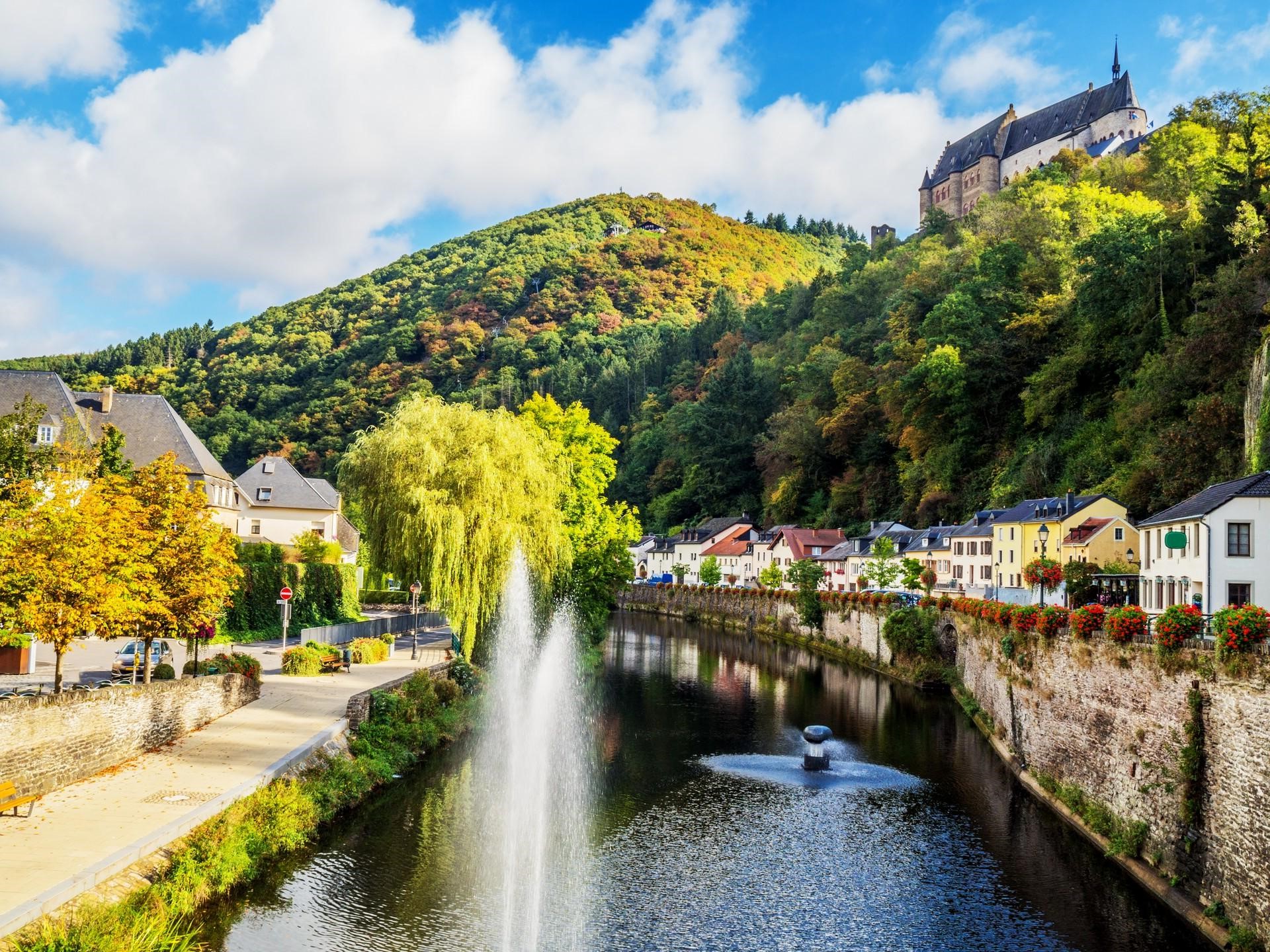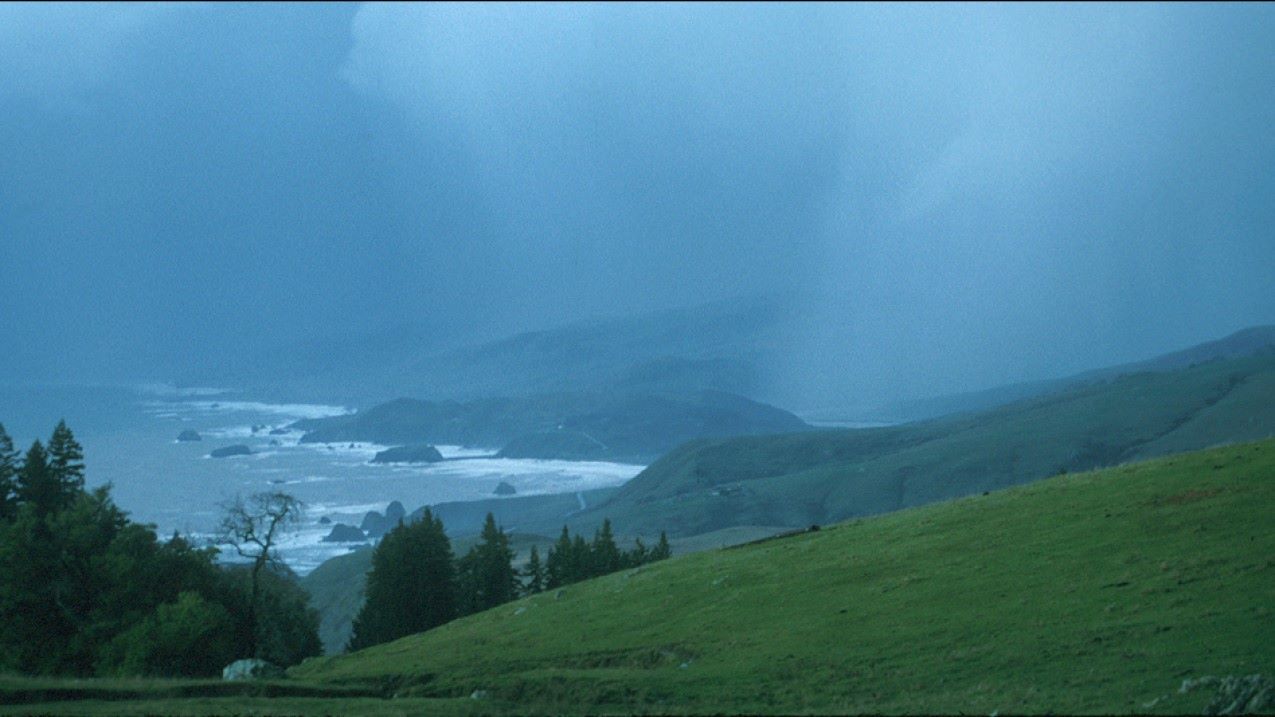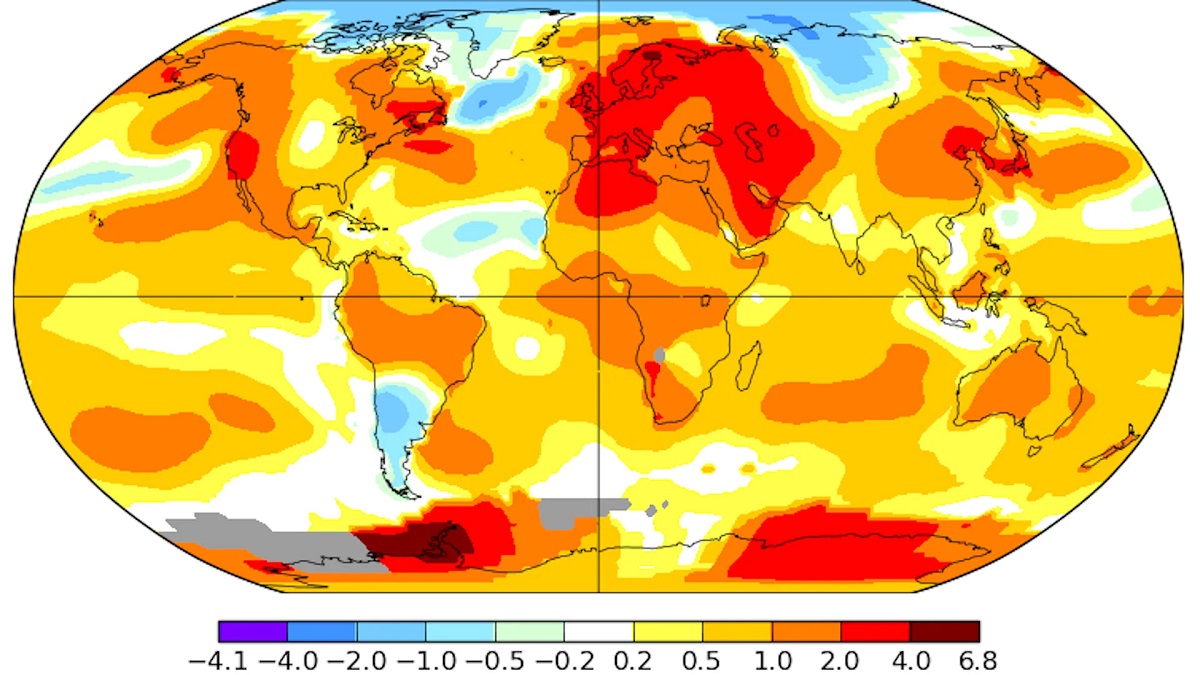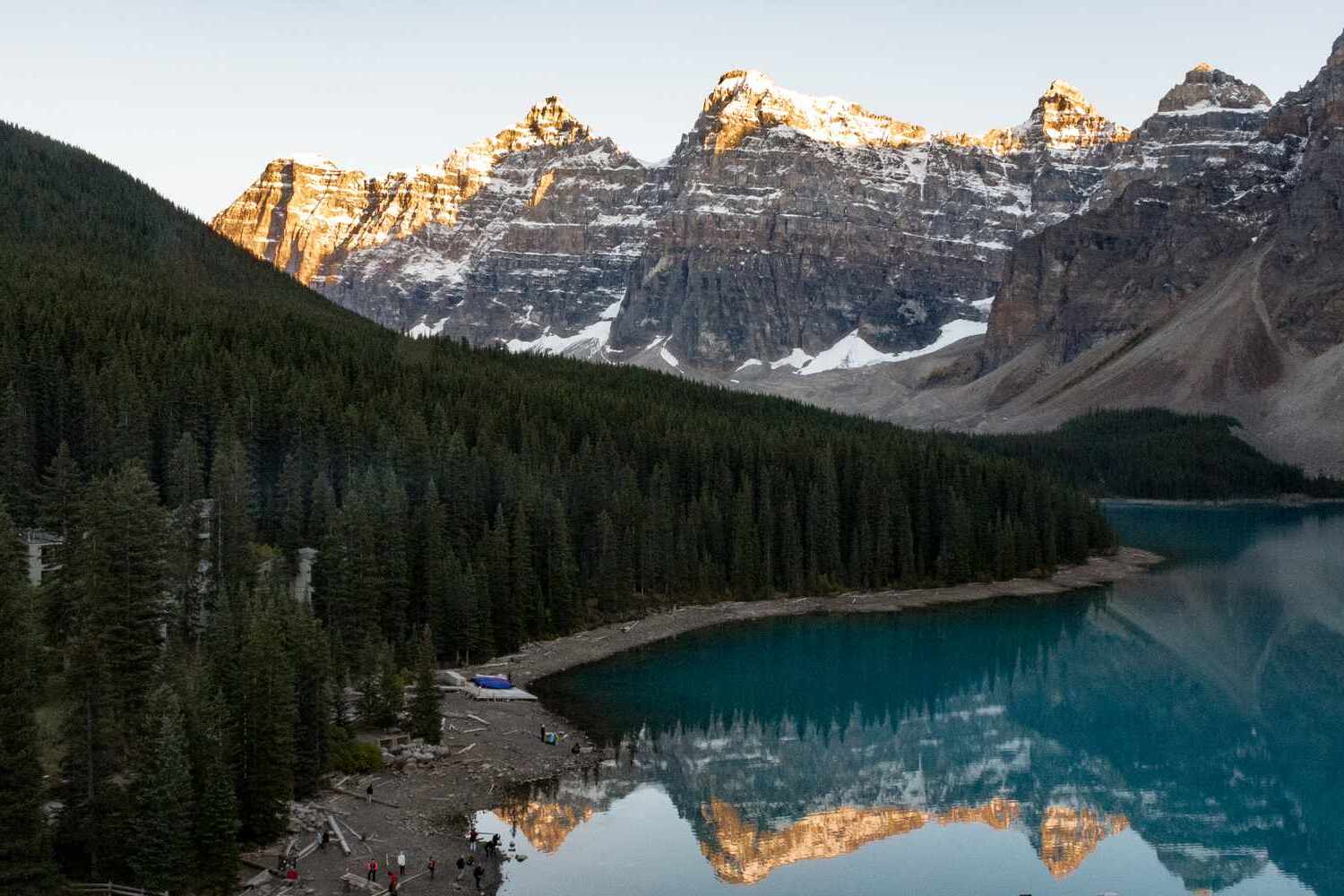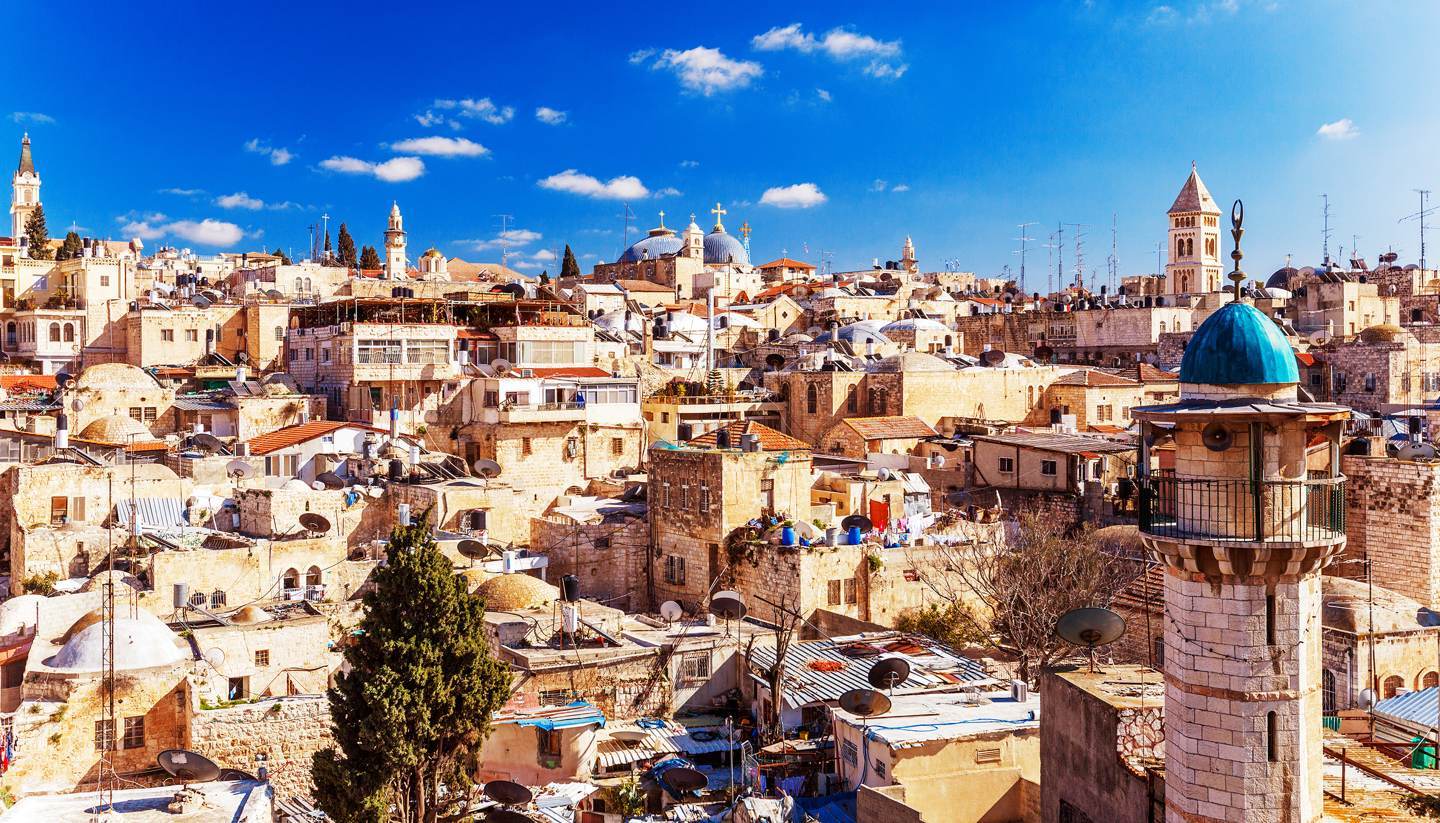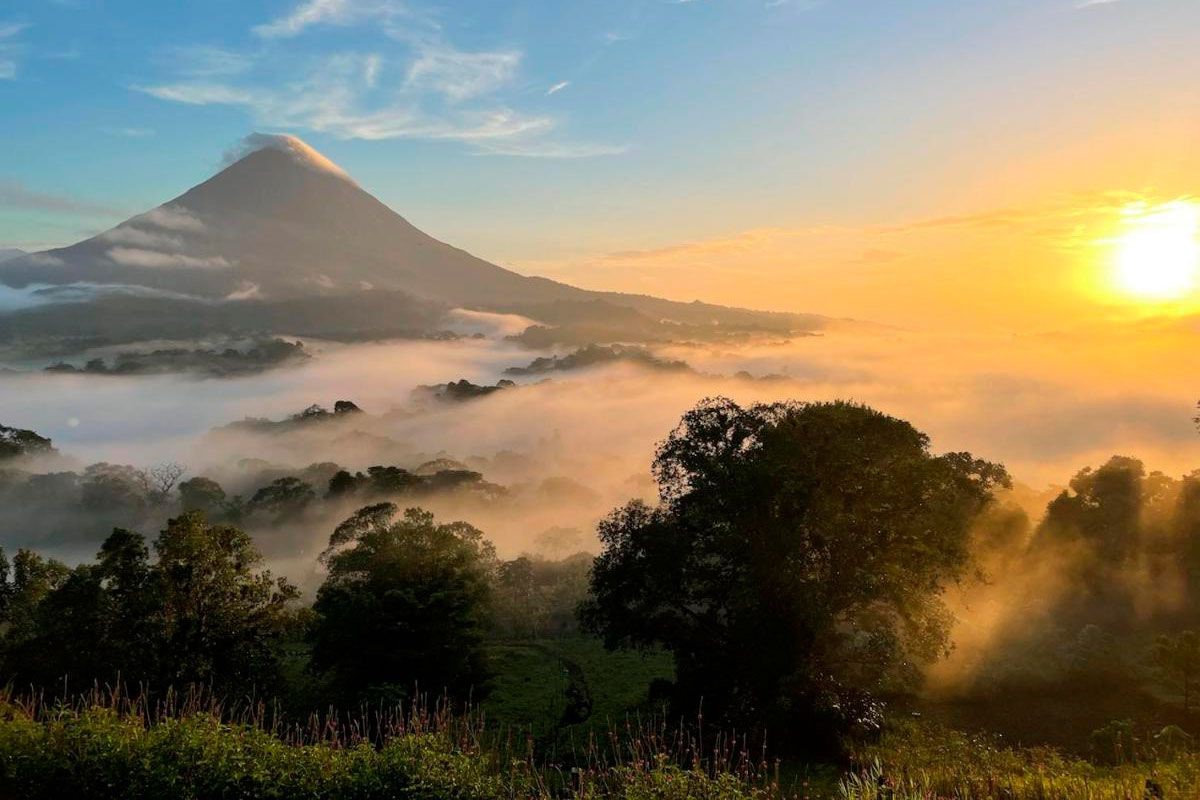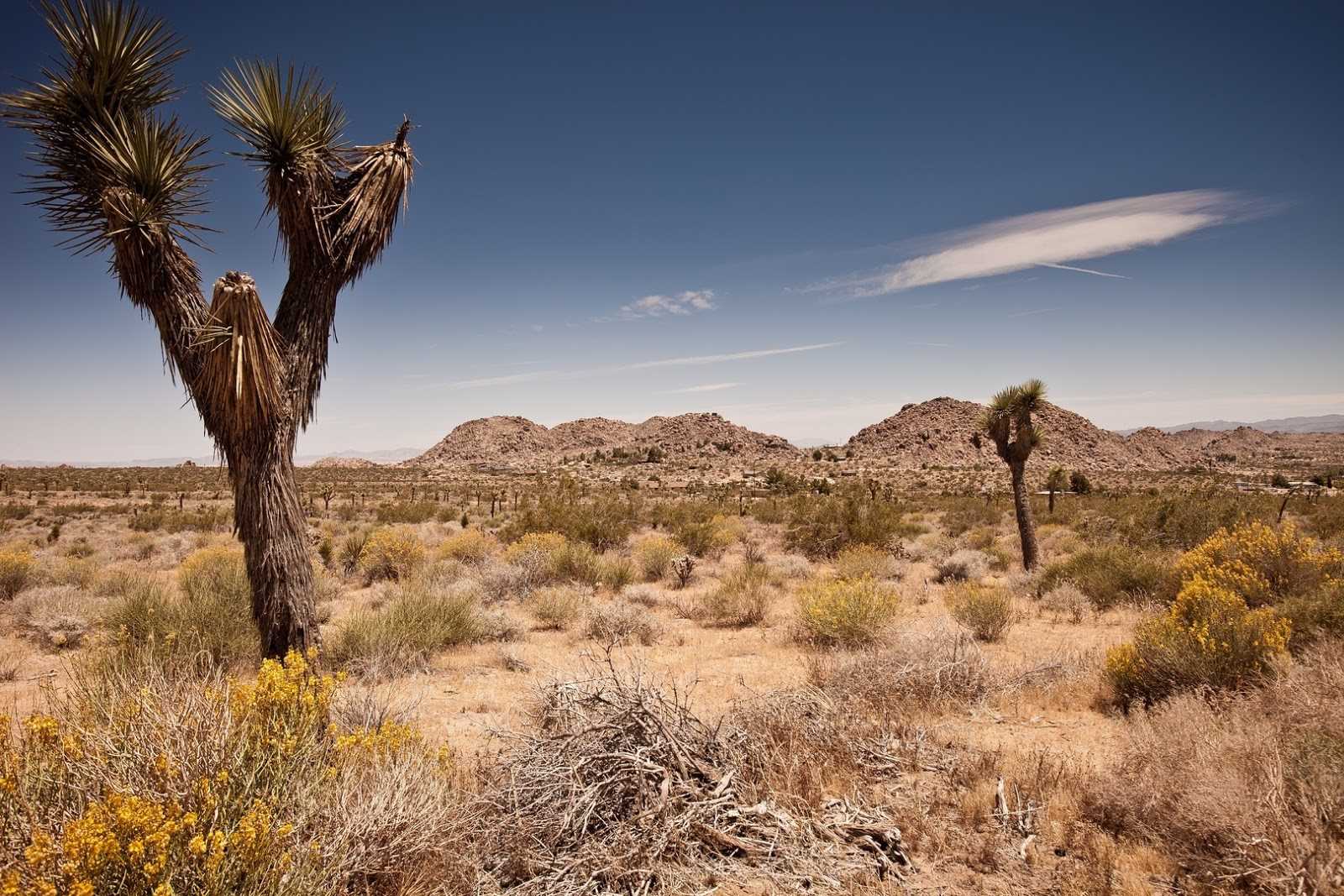Home>Weather and Climate>Mountain Barriers Shape Local Climates
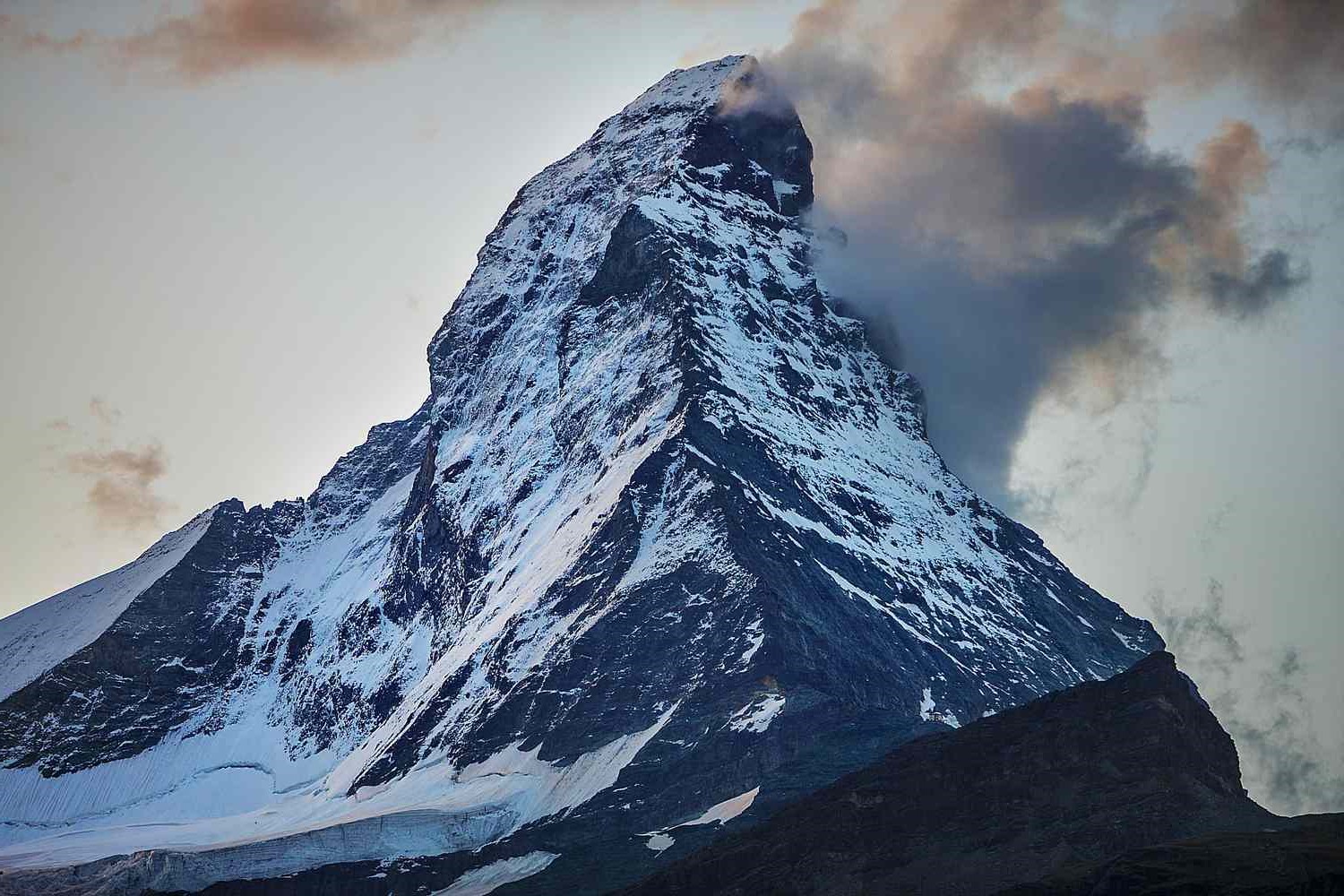

Weather and Climate
Mountain Barriers Shape Local Climates
Published: May 28, 2024
Discover how mountains influence weather and climate by exploring their impact on temperature in this insightful study.
(Many of the links in this article redirect to a specific reviewed product. Your purchase of these products through affiliate links helps to generate commission for Temperatures.com, at no extra cost. Learn more)
Mountains, majestic and towering, play a crucial role in shaping local climates and temperatures. I've always been fascinated by how these natural giants influence weather patterns. So, let's dive into their impact.
Elevation is key. Higher altitudes mean cooler temperatures. For every 1,000 meters you climb, expect temperatures to drop about 6.5°C. This phenomenon creates microclimates on mountainsides, making weather conditions highly variable over short distances.
Mountains also act as barriers for air movement. When moist air rises over a mountain range, it cools and condenses, leading to precipitation on the windward side. This leaves the leeward side dry and often creates rain shadows, areas significantly drier than on the other side of the mountain. Such contrasts can be stark, affecting agriculture, water resources, and biodiversity.
Furthermore, mountains influence global climate systems. They disrupt global wind patterns and play a role in the distribution of plants and animals, as different species adapt to the varied climates along a mountainside.
In essence, mountains are not just stunning landscapes. They're dynamic climate influencers, shaping the world's weather in profound ways. Their role in our planet's climate system is a testament to the intricate connections within nature.

